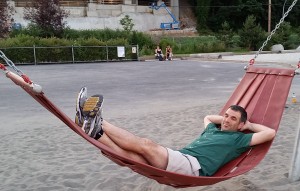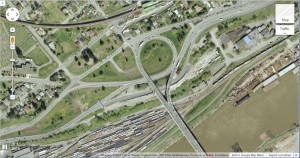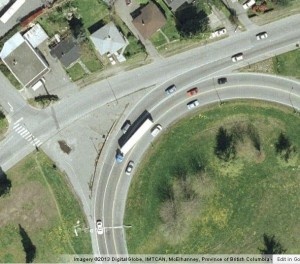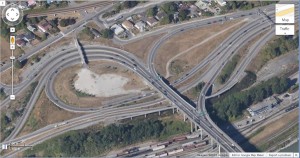I have had interesting interactions on social and traditional media this week, and it got me thinking about plans the City makes, and where those interact with promises made by politicians. I am new to making the latter, have made the former for a long time, but haven’t really thought about the differences. let me see if I can tie this together into a cogent discussion.
It started with this Facebook post:
Hey Patrick, Earlier this year you spoke of the pedestrian and cycle improvements that were soon to be built along Braid. What does soon mean? You spoke of right away, seems you’ve become just another politician, promises promises…….
I have a slightly vague memory of having this conversation, as it was around the time some public consultation was being planned around this project. I knew the project was coming along because we talked about it at ACTBiPed, and because I attended an event as Acting Mayor just before the last Federal election where an MP from and adjacent riding announced some federal funding to help fund the project.
So I replied to the Facebook post with a link to the project page (above), and slightly cheekily followed with “no promises, though”, because it seemed to me the poke about “promises” by my inquisitor was slightly tongue-in-cheek. Or maybe not, as another person took slight offence to my flippant attitude, requiring yet another response by me that provided more detail, proving once again that Social Media is a terrible place to infer nuance.
The longer version of my response is that the project is coming along, but this isn’t really something I would think of as a “political promise”. I don’t think anyone ran for Council supporting or opposing a plan to put green separated lanes on the north side of Braid Street to connect to the United Boulevard bikeway. However, some of us were more supportive than others of the Master Transportation Plan for the City adopted just before the election (I don’t think anyone NOT supportive of it was elected). I am not only still supportive of it, but am supportive of rapidly implementing the active transportation measures included in that plan, including filling some of the important gaps in our bicycling network.
When it comes to building certain connections, though, that is really a complicated discussion between Council, staff, our Advisory Committees and other stakeholders, and is influenced by the capital budget and various priorities. This particular project was seen as a good chance for some senior government grants (applied for and won), represented an important gap, and was generally seen as ready to go. Drawings were created, some cost estimates done along with some public and stakeholder consultation. Capital budget was set aside in the 2017 year to do the works. My “supporting” this plan was a very minor part of the plan coming together for 2017, even as one of the members of a seven person Council.
That said, I can see a couple of potential issues that may prevent this from happening on the existing timeline. If you look at the poster boards from the Public Consultation, you will note that the map has red lines on it. Those are property lines, and a large part of the project is within rail property. I understand that we have agreements for these properties, but as we are learning with whistle cessation measures elsewhere in the City, the way rules and agreements work on rail lines is not always straight-forward, and it is best not to be too hasty predicting how those agreements will work out when it comes time to roll out the excavator. The second issue is, of course, the upcoming Brunette Interchange project by the Ministry of Transportation. I can’t tell you too much about it because MoT has not yet released their project drawings, but if there are changes in how Braid Street works through this area, we may need to go back to the drawing board. I don’t know the answers to the questions, nor are they completely in Council’s control.
I have every reason to expect this project will proceed in 2017 as planned, but all plans are subject to change, based on the rule of best laid plans. This doesn’t mean we won’t build a safe cycling and pedestrian route between Braid and the Bailey Bridge, it just means that the connection may not arrive exactly as we envision it today, or on that timeline. We’ll stick to the goals, we may need to change the plan. Stay tuned.
As for “promises”, I remember promising to support the Master Transportation Plan, to support and work towards implementation of the transit, pedestrian, and bike infrastructure improvements in that plan, I promised that stakeholders like HUB and the members of ACTBiPed would be involved more in planning these types of projects. I also promised I would do everything I can to be the most open Councillor about talking about how decisions around the Council table are made – mostly through this blog and other Social Media, hoping that openness would build more trust in the work City Hall is doing. If we make a decision you don’t agree with, I hope you will at least understand my motivation for making that decision, and hopefully you will be angry at me for the right reasons.
Which brings us to this week’s editorial in the Record, where they are critical of Council’s approach to the Q2Q bridge. They are right that the current situation is a let-down, and that, ultimately, Council has to own that disappointment. I may (cheekily) offer surprise that they claim to have known all along it was impossible to build the bridge, and didn’t bother to point that out to anyone, even when previous engineering reports suggested it was well within scale of our budget, but that is not the part of the editorial that made me retort. Instead, I was pretty much with their argument until this:
It doesn’t take a political scientist to figure out that Queensborough’s project would be low on the priority list. In fact, you just have to drive down Ewen Avenue to know that Queensborough often gets the short end of the stick.
I have to respectfully disagree with the suggestion that this Council ignores Queensborough as some sort of political calculation. That the Editor used Ewen Avenue as an example suggests to me they have not been to Queensborough in some time. Ewen Avenue is undergoing the single largest road improvement project in New Westminster in the last decade. Two years into a three-year $29 Million upgrade, the entire length of Ewen Avenue is going to be a brand new transportation spine for all modes. It has been a big, disruptive construction project, but the end result is becoming visible now, and will change how Ewen Avenue connects the community in a pretty great way.
If the issue is priorities, the Editor may be reminded that the Q2Q plan was part of a series of DAC-funded projects that started with $6.2 Million towards the $7.7 Million renovation of the Queensborough Community Centre, including the opening of the City’s first remote library. It included another $5 Million in Park and greenway improvements for Queensborough (including the South Dyke Road Walkway, Boundary Road Greenway, Sukh Sagar and Queensborough Neighbourhood Parks, and a pretty kick-ass all-wheel park). These were the first thing done with DAC funds, not a low priority.
Just two weeks ago at Council, we turned down capital funding support for a Child Care facility in Uptown because we placed the need in Queensborough as higher priority, and dedicated our limited child care funds toward filling that need. That isn’t “the short end of the stick”, that is including Queensborough’s needs along with the other neighbourhoods of the City when directing limited resources towards where the need is greatest. This council has a record of fighting (and winning!) to keep Queensborough in the same federal riding as the mainland, and a record of fighting (and losing) to keep it in the same provincial riding. Queensborough has never been an afterthought at the Council table during my time there, but a neighbourhood we continue to invest in and be proud of.
The situation for Q2Q sucks, there is no way to dress that up or say it more elegantly. A set of projects was conceived a decade ago, and of them, this project does not appear workable in the current form. The work is ongoing right now to determine how the remaining DAC funds can best be used connecting Queensborough to the mainland, and I am hoping a new and viable plan will come along soon. Call the current set-back a broken promise if you must, but the decision to not move ahead with a $40 Million option right now is not proof of a City disregarding one neighbourhood, it is a matter of understanding our fiscal limits as a City of 70,000 people with dreams perhaps bigger than our reality.






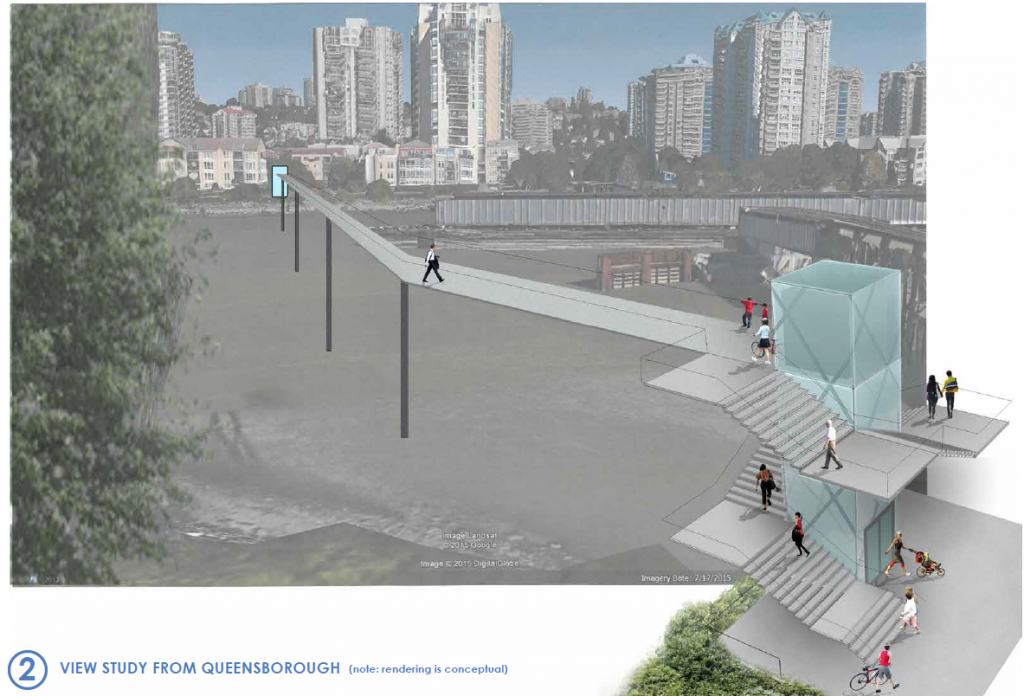


 I was only a little chagrined to see that mine was the only bike in the rack, amongst the couple of thousand students, parents, siblings, supporters and dignitaries at Queens Park Arena that night! Well, I guess it was kind of a fancy-dress occasion.
I was only a little chagrined to see that mine was the only bike in the rack, amongst the couple of thousand students, parents, siblings, supporters and dignitaries at Queens Park Arena that night! Well, I guess it was kind of a fancy-dress occasion.
